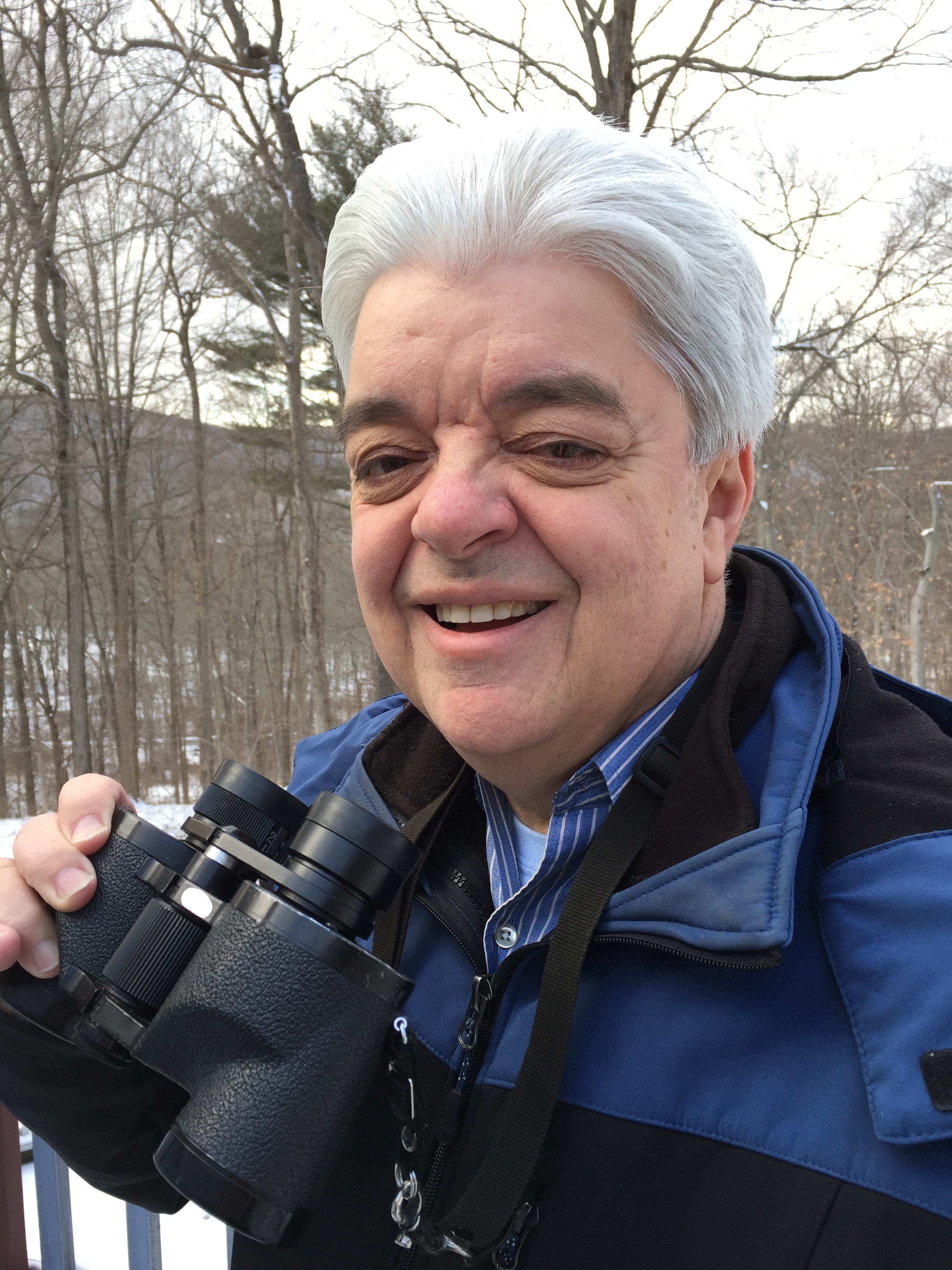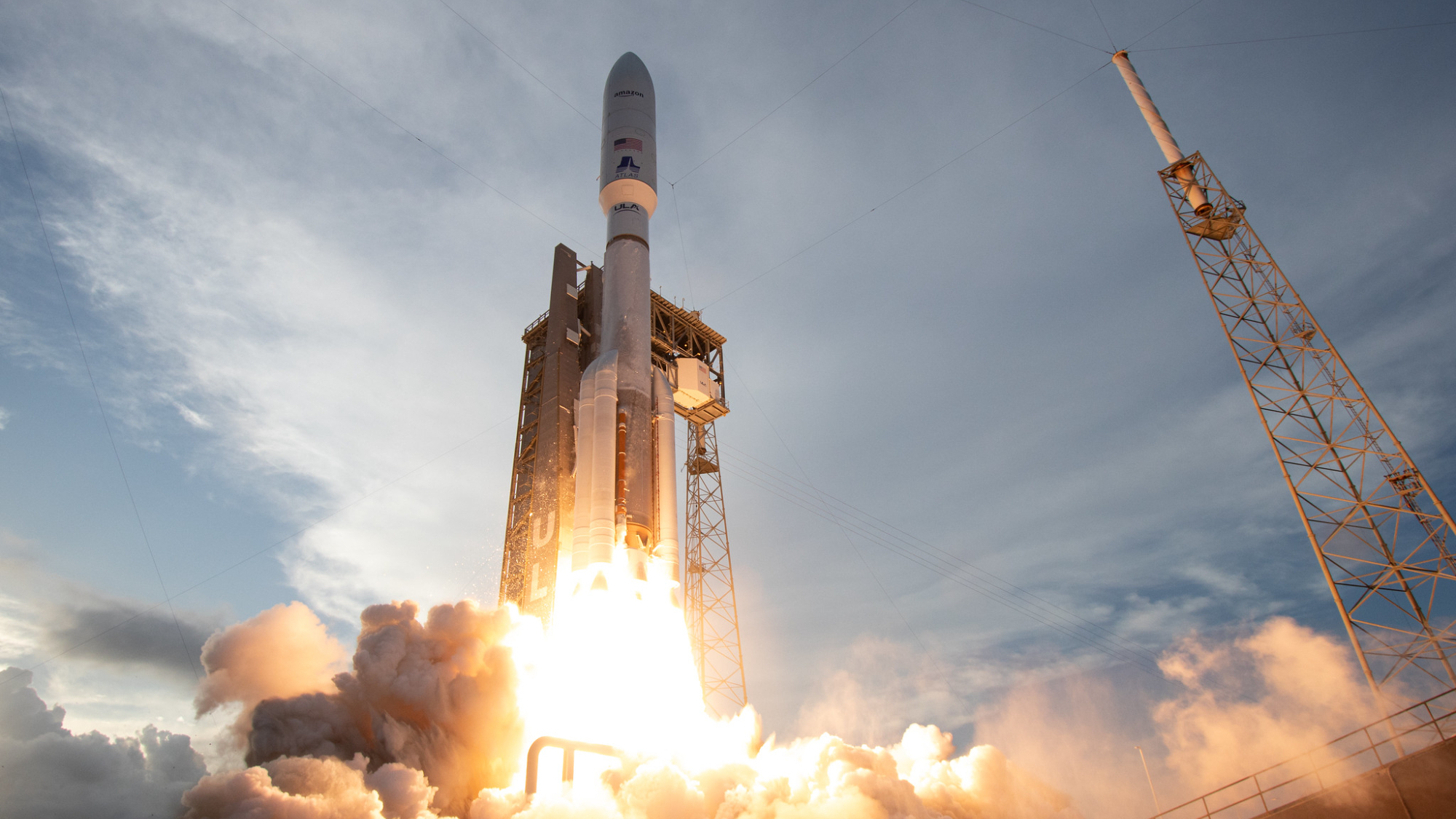Best Meteor Shower of 2007 Peaks Dec. 13
What could be the best meteor display of the year will reachits peak on the night of Dec.13-14.
Here iswhat astronomers David Levy and Stephen Edberg have written of the annual GeminidMeteor Shower: "If you have not seen a mighty Geminid fireball arcinggracefully across an expanse of sky, then you have not seen a meteor."
The Geminids get their name from the constellation ofGemini, the Twins, because the meteors appear to emanate from a spot in the skynear the bright star Castor in Gemini.
Also in Gemini this month is the planet Mars, nearing aclose approach to the Earth later this month, and shining brilliantly withyellow-orange hue. To be sure, Mars is certain to attract the attention ofprospective Geminid watchers this upcoming week.
Reliable shower
The Geminid Meteors are usually the most satisfying of allthe annual showers, even surpassing the famous Perseids of August.
Studies of past find the "Gems" have a reputationfor being rich both in slow, bright, graceful meteors and fireballs as well asfaint meteors, with relatively fewer objects of medium brightness.
Breaking space news, the latest updates on rocket launches, skywatching events and more!
They are of medium speed, encountering Earth at 22 miles persecond (35 kps). They are bright and white, but unlike the Perseids, they leavefew visible trails or streaks. They are four times denser than most othermeteors, and have been observed to form jagged or divided paths.
Geminids also stand apart from the other meteor showers inthat they seem to have been spawned not by a comet, but by 3200 Phaethon, anEarth-crossing asteroid. Then again, the Geminids may be comet debris afterall, for some astronomers consider Phaethon to really be the dead nucleus of aburned-out comet that somehow got trapped into an unusually tight orbit. Interestingly,on December 10, Phaethon will be passing about 11 million miles (18 millionkilometers) from Earth, its closest approach since its discovery in 1983.
The prospects for this year
TheGeminids perform excellently in any year, but British meteor astronomer,Alastair McBeath, has categorized 2007 as a "great year."
Last year'sdisplay was hindered somewhat by the moon, two days past last quarter phase.But this year, the moon will be at new phase on Dec. 9. On the peak night, the moonwill be a fat crescent, in the south-southwest at dusk and setting soon after 8p.m. That means that the sky will be dark and moonless for the balance of thenight, making for perfect viewing conditions for the shower.
According to McBeath, the Geminids are predicted to reachpeak activity on Dec. 14 at 16:45 GMT. That means those places from centralAsia eastwards across the Pacific Ocean to Alaska are in the best position tocatch the very crest of the shower, when the rates conceivably could exceed 120per hour.
"But," he adds, "maximum rates persist atonly marginally reduced levels for some 6 to 10 hours around the biggest ones,so other places (such as North America) should enjoy some fine Geminid activityas well.
Indeed, under normal conditions on the night of maximumactivity, with ideal dark-sky conditions, at least 60 to 120 Geminid meteorscan be expected to burst across the sky every hour on the average (Lightpollution greatly cuts the numbers).
The Earth moves quickly through this meteor stream producinga somewhat broad, lopsided activity profile. Rates increase steadily for two orthree days before maximum, reaching roughly above a quarter of its peakstrength, then drop off more sharply afterward. Late Geminids, however, tend tobe especially bright. Renegade forerunners and late stragglers might be seenfor a week or more before and after maximum.
What todo
Generallyspeaking, depending on your location, Gemini begins to come up above theeast-northeast horizon right around the time evening twilight is coming to anend. So you might catch sight of a few early Geminids as soon as the sky getsdark.
There is afair chance of perhaps catching sight of some "Earth-grazing"meteors. Earth grazers are long, bright shooting stars that streak overheadfrom a point near to even just below the horizon. Such meteors are sodistinctive because they follow long paths nearly parallel to our atmosphere.
The Geminids begin to appear noticeably more numerous in thehours after 10 p.m. local time, because the shower's radiant is already fairlyhigh in the eastern sky by then. The best views, however, come around 2 a.m.,when their radiant point will be passing very nearly overhead.
The higher a shower's radiant, the more meteors it producesall over the sky.
But keep this in mind: At thistime of year, meteor watching can be a long, cold business. You wait and youwait for meteors to appear. When they don't appear right away, and if you'recold and uncomfortable, you're not going to be looking for meteors for verylong! The late Henry Neely (1878-1963), who for many years served as alecturer at New York's Hayden Planetarium, once had this to say about watchingfor the Geminids: "Take the advice of a man whose teeth have chattered onmany a winter's night – wrap up much more warmly than you think is necessary!"
Hot cocoa or coffee can take theedge off the chill, as well as provide a slight stimulus. It's even better ifyou can observe with friends. That way, you can keep each other awake, as wellas cover more sky. Give your eyes time to dark-adapt before starting.
Bundle up and good luck!
- Online Sky Maps and More
- Sky Calendar & Moon Phases
- Astrophotography 101
Joe Rao serves as an instructor and guest lecturer at New York's Hayden Planetarium. He writes about astronomy for The New York Times and otherpublications, and he is also an on-camera meteorologist for News 12 Westchester, New York.

Joe Rao is Space.com's skywatching columnist, as well as a veteran meteorologist and eclipse chaser who also serves as an instructor and guest lecturer at New York's Hayden Planetarium. He writes about astronomy for Natural History magazine, Sky & Telescope and other publications. Joe is an 8-time Emmy-nominated meteorologist who served the Putnam Valley region of New York for over 21 years. You can find him on Twitter and YouTube tracking lunar and solar eclipses, meteor showers and more. To find out Joe's latest project, visit him on Twitter.
